Home>Furniture & Design>Interior Design Trends>What Is Glass Bedding A Rifle
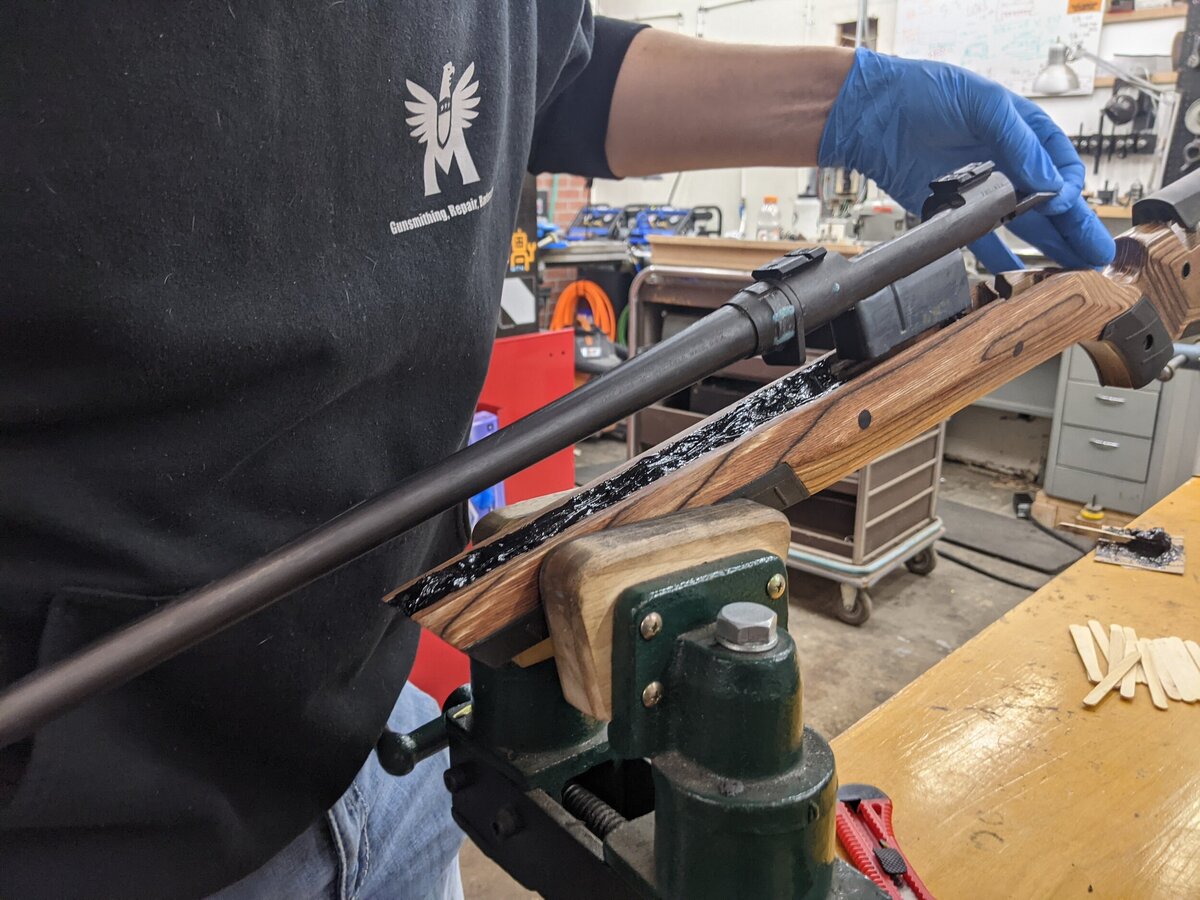

Interior Design Trends
What Is Glass Bedding A Rifle
Published: February 6, 2024
Discover the latest interior design trends and learn about the benefits of glass bedding a rifle for improved accuracy and performance. Explore the innovative techniques and materials used in modern interior design and rifle customization.
(Many of the links in this article redirect to a specific reviewed product. Your purchase of these products through affiliate links helps to generate commission for Storables.com, at no extra cost. Learn more)
Introduction
Glass bedding a rifle is a technique that has gained popularity among firearm enthusiasts and precision shooters. This method involves creating a custom-fit bedding for the rifle's action and barrel using a special compound known as epoxy resin, reinforced with fine glass particles. The primary goal of glass bedding is to enhance the rifle's accuracy and consistency by eliminating any inconsistencies or movement between the action and the stock.
When a rifle is manufactured, the stock is typically designed to accommodate a range of actions, resulting in small gaps and variations that can affect the rifle's performance. By applying glass bedding, gun owners can eliminate these imperfections and create a seamless, stable interface between the action and the stock. This process effectively minimizes any movement or flexing, thereby improving the rifle's accuracy and precision.
Glass bedding is particularly beneficial for rifles used in precision shooting, hunting, and competitive shooting sports. It is a popular practice among marksmen who demand the utmost accuracy and reliability from their firearms. By investing the time and effort into glass bedding, rifle owners can optimize the performance of their firearms, ultimately enhancing their shooting experience.
In the following sections, we will delve into the specifics of glass bedding, exploring its benefits, the process of glass bedding a rifle, and the materials required to undertake this task. Whether you are a seasoned marksman or a novice enthusiast looking to improve your rifle's performance, understanding the intricacies of glass bedding can empower you to make informed decisions about optimizing your firearm.
Key Takeaways:
- Glass bedding a rifle creates a custom-fit bedding for the action and barrel, enhancing accuracy and reducing recoil. It’s like giving your rifle a comfortable, stable home for better shooting.
- By carefully applying epoxy resin and using specific tools, rifle owners can improve their firearm’s performance through glass bedding. It’s like giving your rifle a precision makeover for more accurate and consistent shooting.
Read more: How To Store Rifles
What is Glass Bedding?
Glass bedding is a precision technique used to enhance the performance of rifles by creating a custom-fit bedding for the action and barrel within the stock. The process involves the application of an epoxy resin compound reinforced with fine glass particles to eliminate any inconsistencies or movement between the rifle's action and the stock.
When a rifle is manufactured, the stock is designed to accommodate a range of actions, resulting in small gaps and variations that can affect the rifle's accuracy and consistency. Glass bedding addresses this issue by creating a stable and seamless interface between the action and the stock, effectively minimizing any movement or flexing. This, in turn, improves the rifle's accuracy and precision.
The primary objective of glass bedding is to eliminate any potential sources of inaccuracy that may arise from the action not being fully supported by the stock. By creating a precise fit between the action and the stock, glass bedding ensures that the rifle remains consistent and stable during firing, ultimately enhancing its performance.
This technique is particularly valuable for rifles used in precision shooting, hunting, and competitive shooting sports, where accuracy and reliability are paramount. By undertaking the process of glass bedding, rifle owners can optimize the performance of their firearms, leading to improved shooting experiences and enhanced marksmanship.
In essence, glass bedding is a meticulous and effective method for improving the accuracy and consistency of rifles. It addresses the inherent imperfections in the stock-to-action interface, resulting in a more stable and reliable firearm. By understanding the principles and benefits of glass bedding, rifle owners can make informed decisions about optimizing their firearms for superior performance.
Benefits of Glass Bedding a Rifle
Glass bedding a rifle offers a myriad of benefits that significantly enhance the performance and accuracy of the firearm. By creating a custom-fit bedding for the action and barrel within the stock, this precision technique addresses inherent imperfections and inconsistencies, resulting in a more stable and reliable rifle. Let's delve into the specific advantages of glass bedding:
-
Enhanced Accuracy: Glass bedding eliminates any gaps or movement between the action and the stock, ensuring a precise and consistent fit. This stability translates to improved accuracy, as the rifle remains more predictable and reliable during firing.
-
Reduced Recoil: A properly glass bedded rifle can experience reduced recoil due to the enhanced stability and support provided by the custom-fit bedding. This can lead to improved shooter comfort and better control over the firearm.
-
Improved Consistency: With the action fully supported by the stock, glass bedding minimizes any potential sources of inaccuracy, resulting in a more consistent performance from shot to shot. This consistency is especially valuable for precision shooting and competitive sports.
-
Optimized Barrel Harmonics: Glass bedding can help optimize the harmonics of the rifle barrel, leading to more consistent vibrations and better shot-to-shot consistency. This is particularly beneficial for long-range shooting and precision applications.
-
Long-Term Durability: A properly glass bedded rifle is less prone to stock warping and shifting over time, ensuring long-term durability and reliability. This can prolong the lifespan of the firearm and maintain its performance over the years.
-
Customized Fit: Glass bedding allows rifle owners to create a custom-fit bedding tailored to their specific rifle, ensuring optimal support and stability for their particular firearm. This personalized approach can lead to improved shooting experiences and enhanced marksmanship.
In summary, the benefits of glass bedding a rifle are multifaceted, encompassing improved accuracy, reduced recoil, enhanced consistency, optimized barrel harmonics, long-term durability, and a customized fit tailored to the specific firearm. By leveraging the advantages of glass bedding, rifle owners can elevate the performance of their firearms, ultimately leading to enhanced shooting experiences and improved marksmanship.
When glass bedding a rifle, make sure to thoroughly clean the stock and action before applying the bedding compound. This will ensure a strong and secure bond between the stock and action, improving accuracy and consistency.
How to Glass Bed a Rifle
Glass bedding a rifle is a meticulous process that requires attention to detail and precision to achieve optimal results. While it may seem daunting, following a systematic approach can simplify the task and ensure a successful glass bedding outcome. Here's a comprehensive guide on how to glass bed a rifle:
-
Prepare the Rifle: Begin by disassembling the rifle and thoroughly cleaning the action and stock to remove any dirt, oil, or debris. Ensure that the surfaces are dry and free from any contaminants that could interfere with the bonding process.
-
Masking and Release Agent Application: Use masking tape to protect areas of the stock that should not come into contact with the bedding compound. Apply a release agent to the action and barrel to prevent the epoxy resin from adhering to these components.
-
Mix the Bedding Compound: Prepare the epoxy resin and glass bedding compound according to the manufacturer's instructions. Thoroughly mix the components to achieve a uniform consistency, ensuring that the compound is ready for application.
-
Apply the Bedding Compound: Carefully apply the mixed bedding compound to the stock's bedding area, ensuring even coverage and a sufficient amount to create a solid bedding foundation. Gently place the action into the wet compound, ensuring proper alignment and fit within the stock.
-
Bedding the Action: With the action in place, apply gentle pressure to the stock to create a uniform bedding surface around the action and barrel. This step is crucial for achieving a precise and custom fit that eliminates any gaps or inconsistencies.
-
Cure and Set: Allow the bedding compound to cure as per the manufacturer's recommendations. This typically involves a curing period to ensure that the compound hardens and forms a durable bond with the stock, action, and barrel.
-
Trim and Finish: Once the bedding compound has fully cured, carefully remove any excess material and masking tape. Use appropriate tools to trim and shape the bedding to achieve a clean and professional finish.
-
Reassemble and Test: Reassemble the rifle, ensuring that all components are securely in place. Conduct thorough testing and evaluation to assess the rifle's performance, accuracy, and consistency following the glass bedding process.
By following these steps with precision and care, rifle owners can effectively glass bed their firearms, resulting in improved accuracy, consistency, and overall performance. It is essential to approach the process methodically and adhere to best practices to achieve the desired outcome of a custom-fit bedding that enhances the rifle's capabilities.
Materials Needed for Glass Bedding
Undertaking the process of glass bedding a rifle requires specific materials to ensure a successful and effective outcome. These materials are essential for preparing the rifle, applying the bedding compound, and achieving a custom-fit bedding that enhances the rifle's performance. Here's a detailed overview of the materials needed for glass bedding:
-
Epoxy Resin and Glass Bedding Compound: The primary material for glass bedding is a high-quality epoxy resin combined with fine glass bedding compound. This compound forms the foundation of the custom-fit bedding, providing stability and support for the rifle's action and barrel within the stock. It is crucial to select a reputable epoxy resin and glass bedding compound that is designed specifically for firearms bedding applications.
-
Release Agent: A release agent is used to prevent the epoxy resin from adhering to the action and barrel during the bedding process. This ensures that the components can be easily removed after the compound has cured, without any risk of bonding to the rifle's critical parts. A suitable release agent is essential for facilitating the proper application and removal of the bedding compound.
-
Masking Tape: High-quality masking tape is utilized to protect areas of the stock that should not come into contact with the bedding compound. This includes safeguarding the barrel channel, recoil lug area, and any other surfaces where the compound should not be applied. Masking tape plays a crucial role in ensuring a clean and precise bedding application.
-
Mixing Tools: To prepare the epoxy resin and glass bedding compound, appropriate mixing tools such as disposable cups, stirring sticks, or mixing paddles are required. These tools facilitate the accurate blending of the components to achieve a uniform consistency, ensuring that the compound is ready for application.
-
Applicator Tools: Various applicator tools, such as disposable brushes or spatulas, are used to apply the mixed bedding compound to the stock's bedding area. These tools enable precise and even coverage of the compound, ensuring that it is applied in the correct quantity and distributed uniformly for a solid bedding foundation.
-
Clamps or Pressure Points: During the bedding process, clamps or pressure points may be utilized to apply gentle pressure to the stock, ensuring that the action is fully supported and creating a uniform bedding surface. These tools aid in achieving a precise and custom fit, eliminating any gaps or inconsistencies between the action and the stock.
-
Trimming and Finishing Tools: Once the bedding compound has cured, trimming and finishing tools such as chisels, files, and sandpaper are essential for removing any excess material and shaping the bedding to achieve a clean and professional finish. These tools are instrumental in refining the bedding to ensure a seamless interface between the action and the stock.
By ensuring the availability of these materials and utilizing them in the glass bedding process, rifle owners can effectively create a custom-fit bedding that optimizes the performance, accuracy, and consistency of their firearms. Each material plays a crucial role in the meticulous process of glass bedding, ultimately contributing to the enhanced capabilities of the rifle.
Read more: What Is The Best AR Rifle For Home Defense
Conclusion
In conclusion, glass bedding a rifle is a meticulous and effective technique that offers a multitude of benefits for firearm enthusiasts and marksmen alike. By creating a custom-fit bedding for the action and barrel within the stock, this precision process eliminates inconsistencies and imperfections, resulting in a more stable and reliable rifle. The enhanced accuracy, reduced recoil, improved consistency, optimized barrel harmonics, long-term durability, and customized fit provided by glass bedding contribute to an elevated shooting experience and improved marksmanship.
The process of glass bedding requires careful preparation, attention to detail, and adherence to best practices to achieve optimal results. From preparing the rifle and applying the bedding compound to the curing and finishing stages, each step plays a crucial role in creating a custom-fit bedding that enhances the rifle's capabilities. By following a systematic approach and utilizing the necessary materials, rifle owners can effectively glass bed their firearms, leading to improved accuracy, consistency, and overall performance.
Understanding the principles and benefits of glass bedding empowers rifle owners to make informed decisions about optimizing their firearms for superior performance. Whether used for precision shooting, hunting, or competitive sports, a properly glass bedded rifle can deliver enhanced accuracy, stability, and reliability, ultimately elevating the shooting experience and enabling marksmen to achieve their full potential.
As firearm enthusiasts and marksmen continue to seek ways to enhance the performance of their rifles, the practice of glass bedding remains a valuable and proven method for achieving superior accuracy and consistency. By embracing the principles of glass bedding and leveraging its benefits, rifle owners can elevate their shooting experiences, improve their marksmanship, and unlock the full potential of their firearms.
In essence, glass bedding represents a commitment to precision and excellence in firearm performance, offering a pathway to enhanced accuracy, consistency, and reliability. By embracing this meticulous technique, rifle owners can optimize the capabilities of their firearms, ultimately leading to improved shooting experiences and a deeper appreciation for the art of marksmanship.
Frequently Asked Questions about What Is Glass Bedding A Rifle
Was this page helpful?
At Storables.com, we guarantee accurate and reliable information. Our content, validated by Expert Board Contributors, is crafted following stringent Editorial Policies. We're committed to providing you with well-researched, expert-backed insights for all your informational needs.
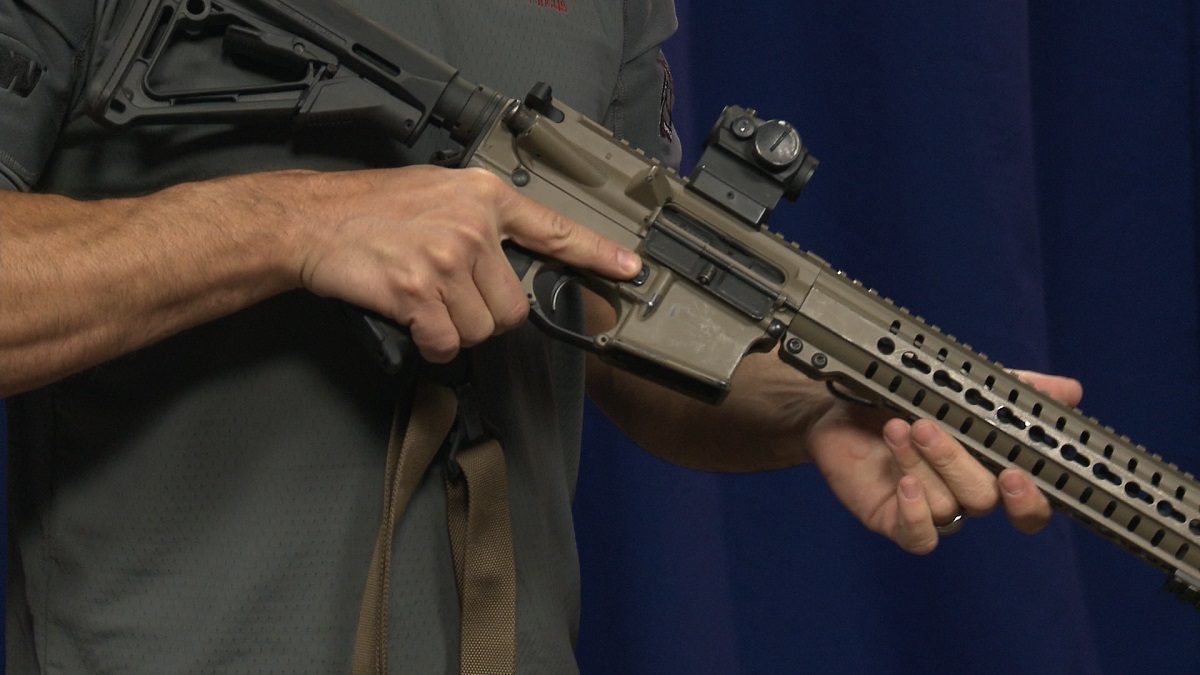


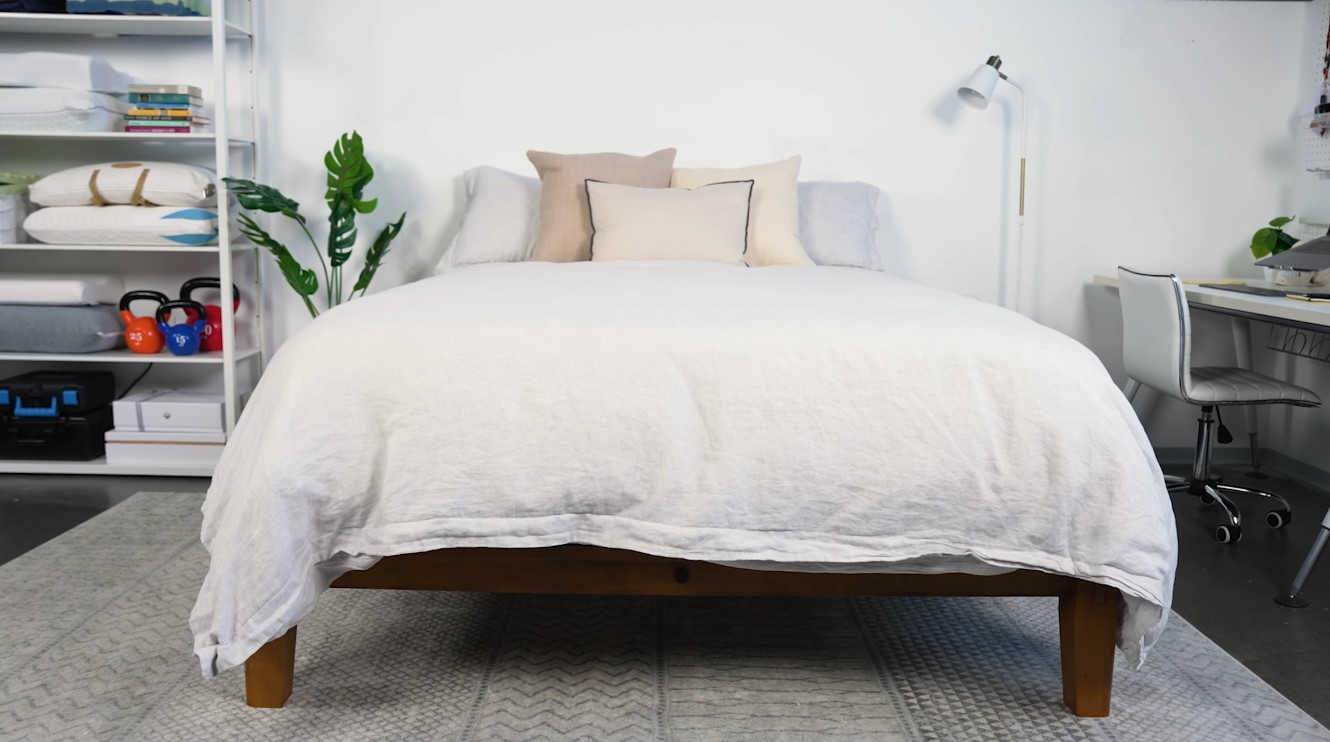
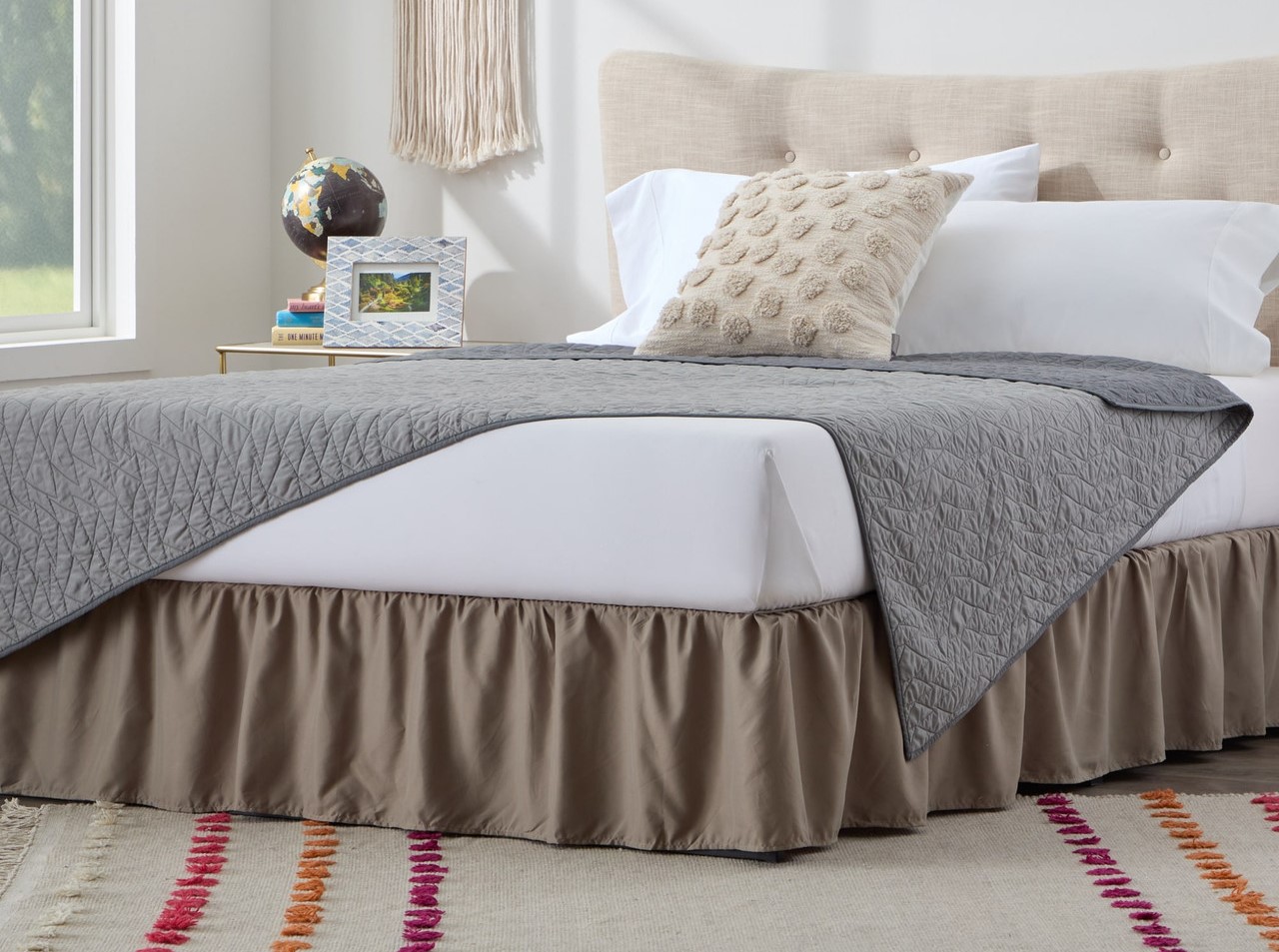
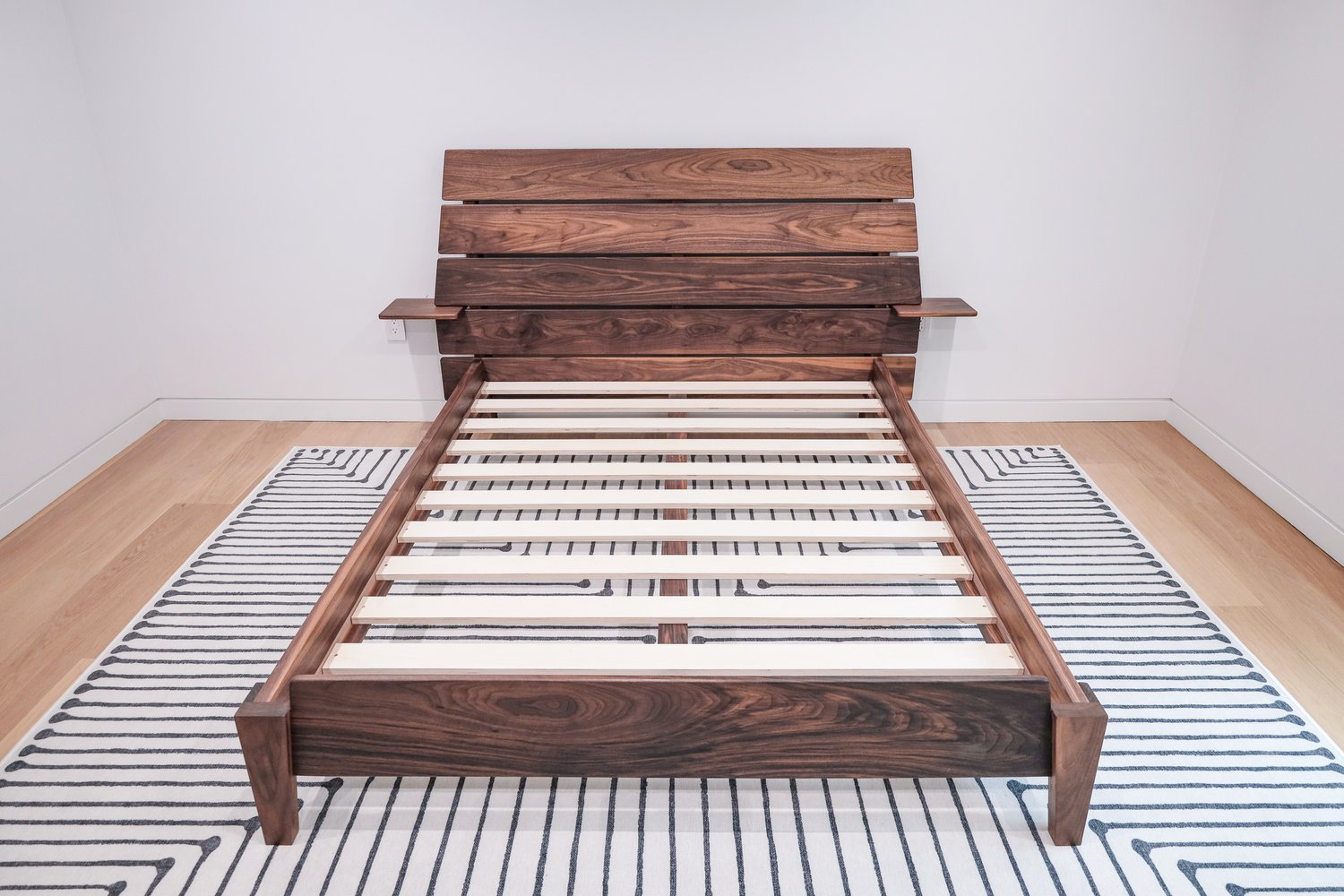


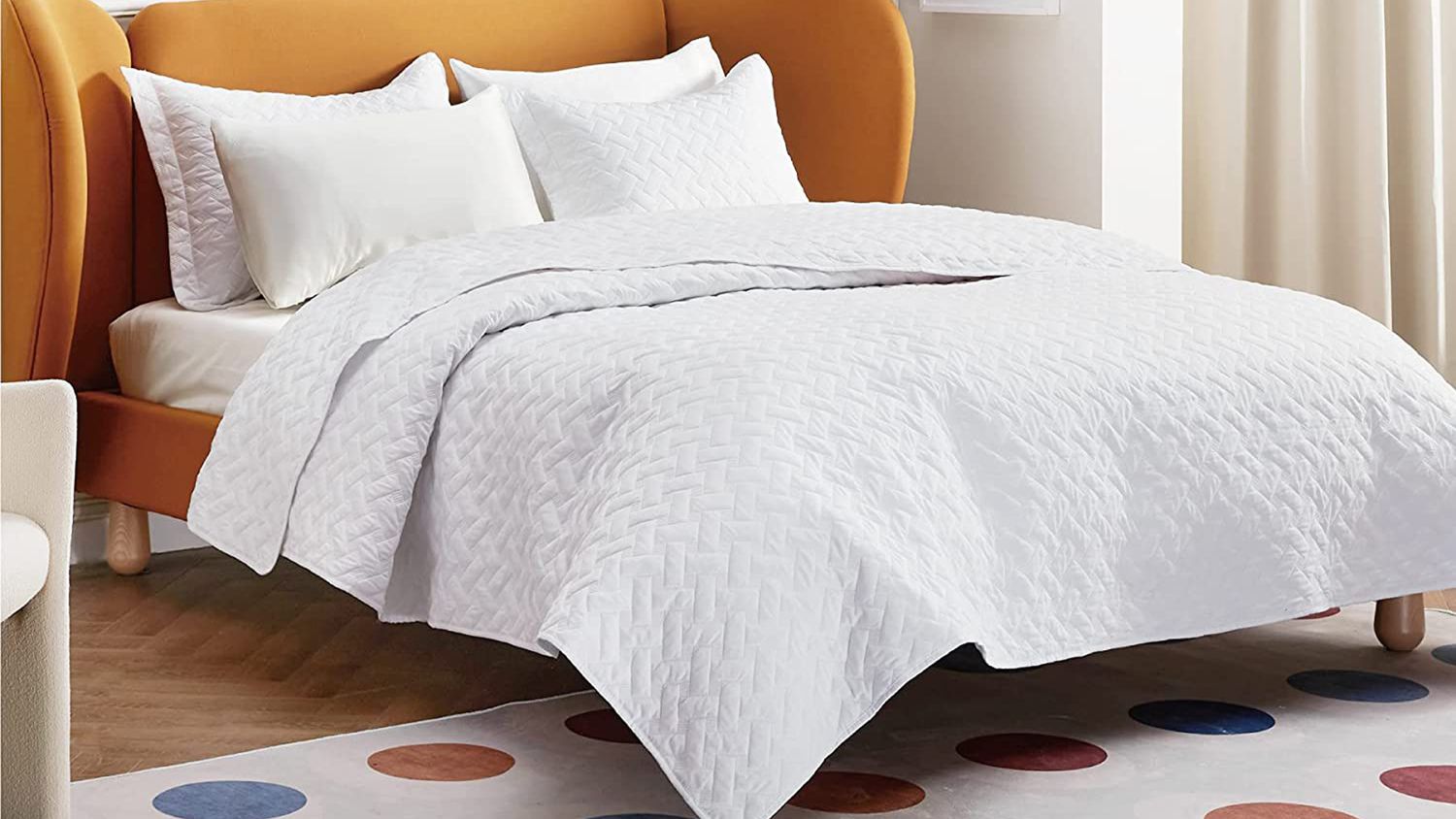


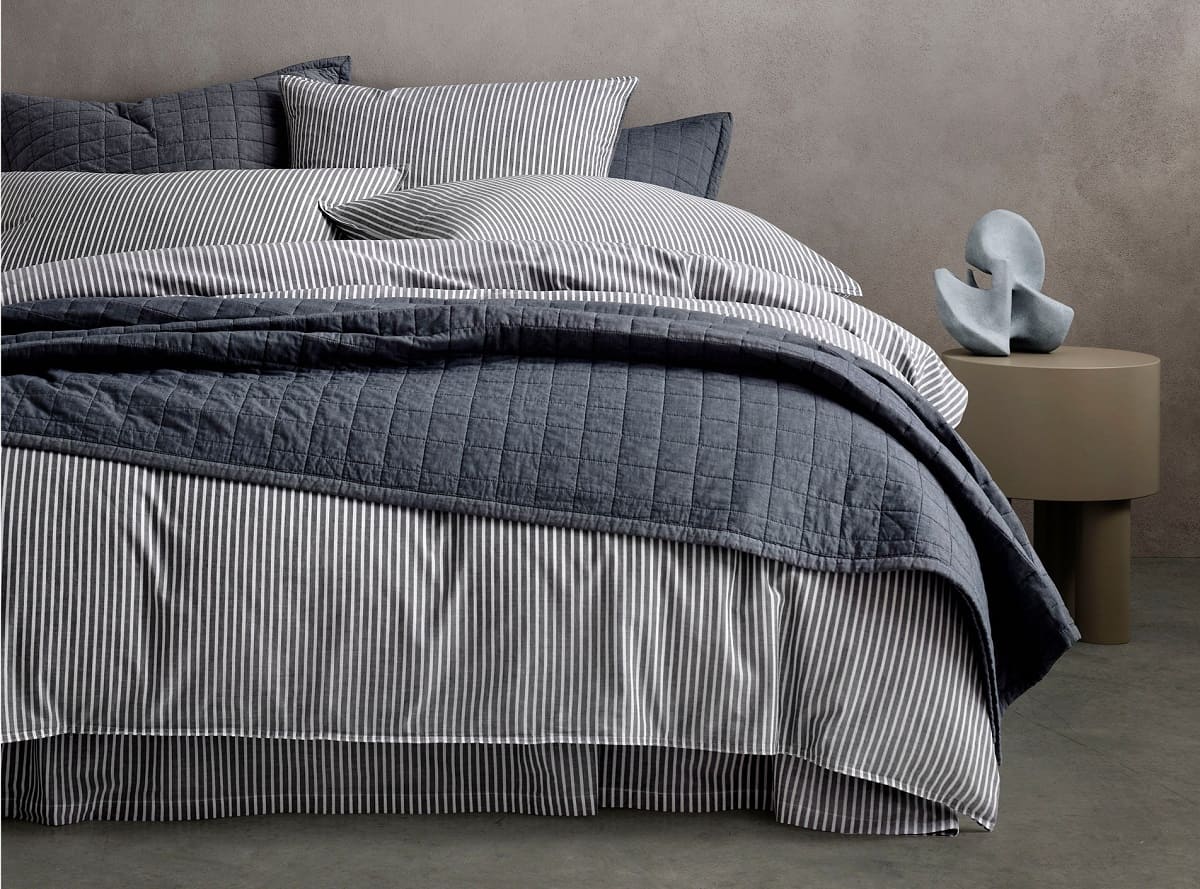
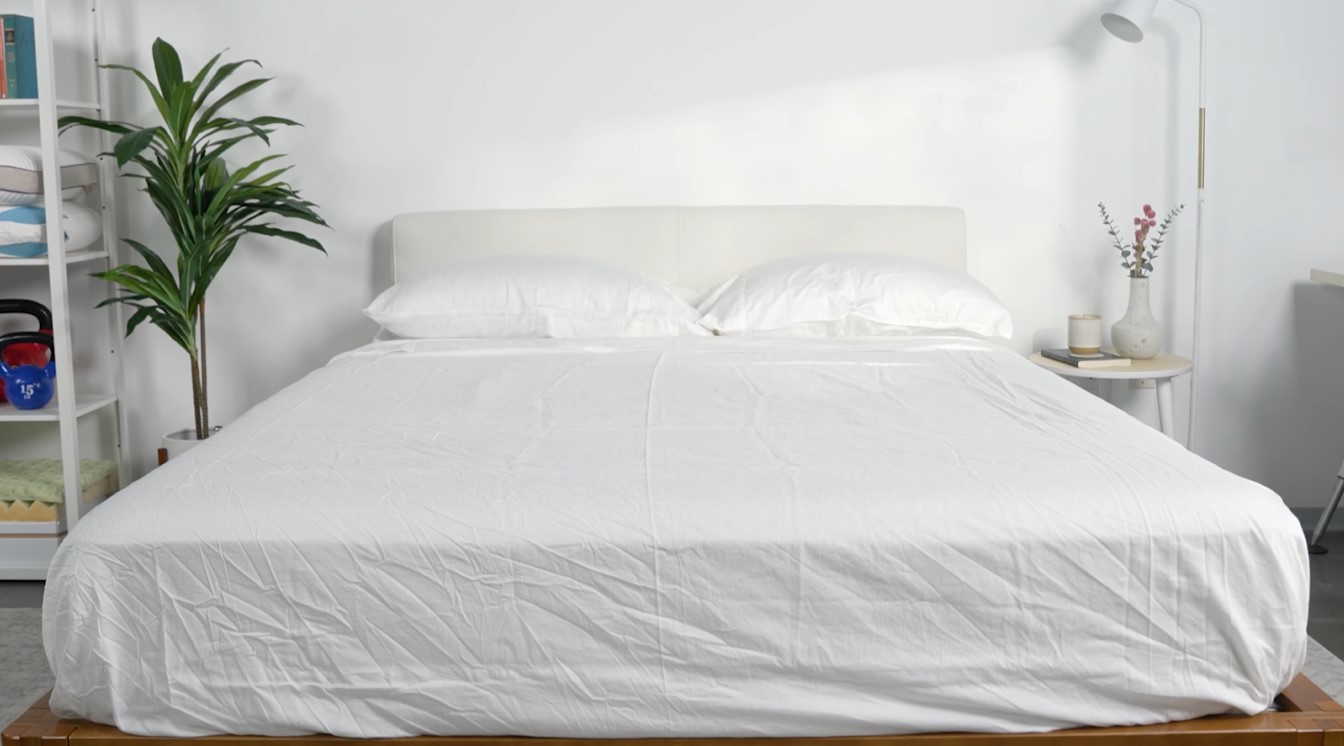


0 thoughts on “What Is Glass Bedding A Rifle”